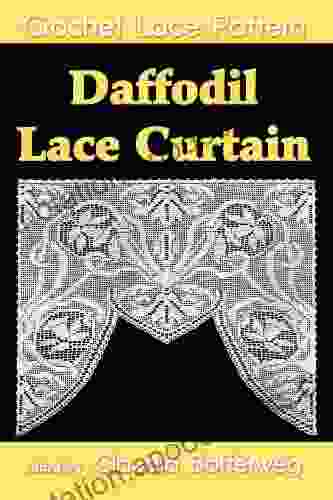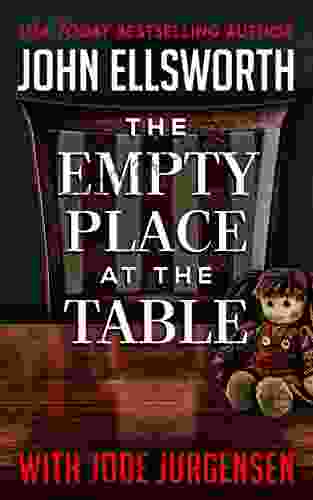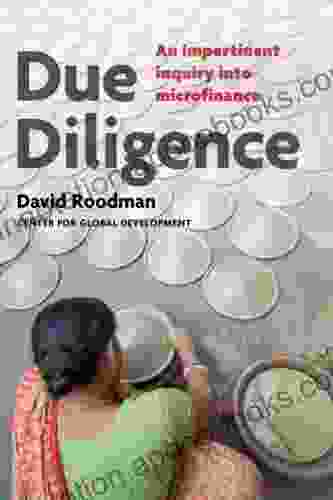The Oral History of Emo: The Mainstream Explosion, 1999-2008

4.5 out of 5
| Language | : | English |
| File size | : | 4919 KB |
| Text-to-Speech | : | Enabled |
| Screen Reader | : | Supported |
| Print length | : | 182 pages |
In the late 1990s, emo was a subculture on the fringes of the mainstream. But by the mid-2000s, it had exploded into a global phenomenon, with bands like My Chemical Romance, Fall Out Boy, and Paramore selling out arenas and topping the charts.
This book tells the inside story of emo's mainstream explosion, from its humble beginnings in the late 1990s to its peak in the mid-2000s. Featuring interviews with key figures from the scene, including My Chemical Romance, Fall Out Boy, Paramore, and more, this book is the definitive oral history of emo's mainstream explosion.
Chapter 1: The Early Years
Emo's roots can be traced back to the hardcore punk scene of the early 1980s. Bands like Rites of Spring and Embrace played a style of music that was more emotional and introspective than the traditional hardcore sound. This new style of music was often referred to as "emo-core," and it quickly gained a following among fans of hardcore punk.
In the late 1980s and early 1990s, emo-core began to evolve into a more distinct genre. Bands like Fugazi, Jawbreaker, and Sunny Day Real Estate began to experiment with different sounds and styles, and the term "emo" began to be used to describe a wider range of music.
By the late 1990s, emo had become a major force in the underground music scene. Bands like The Get Up Kids, Jimmy Eat World, and Saves the Day were releasing critically acclaimed albums and touring to sold-out crowds. Emo was on the verge of breaking into the mainstream.
Chapter 2: The Mainstream Explosion
In 2001, My Chemical Romance released their debut album, I Brought You My Bullets, You Brought Me Your Love. The album was a critical and commercial success, and it helped to introduce emo to a new audience. My Chemical Romance was followed by a wave of other emo bands, including Fall Out Boy, Paramore, and Panic! at the Disco.
These bands were more polished and accessible than their predecessors, and they quickly gained a following among mainstream audiences. By the mid-2000s, emo was one of the most popular genres of music in the world.
Emo's mainstream success was due to a number of factors, including the rise of social media, the popularity of emo fashion, and the release of several high-profile emo movies and TV shows.
Chapter 3: The Decline
By the late 2000s, emo's popularity began to decline. The genre became increasingly commercialized, and many of the bands that had helped to define the scene began to change their sound. Emo also faced competition from other genres of music, such as pop punk and metalcore.
In 2008, My Chemical Romance released their fourth album, Danger Days: The True Lives of the Fabulous Killjoys. The album was a departure from the band's previous work, and it was met with mixed reviews. My Chemical Romance broke up in 2013, and many other emo bands followed suit.
Chapter 4: The Legacy
Despite its decline in popularity, emo has had a lasting impact on the music world. The genre helped to popularize a more emotional and introspective style of music, and it influenced a number of other genres, including pop punk and metalcore.
Emo also helped to create a sense of community among its fans. Emo fans were often outsiders who felt like they didn't fit in with the mainstream. Emo gave them a sense of belonging, and it helped them to express their feelings and experiences.
The Oral History of Emo: The Mainstream Explosion, 1999-2008 is the definitive oral history of emo's mainstream explosion. Featuring interviews with key figures from the scene, including My Chemical Romance, Fall Out Boy, Paramore, and more, this book is a must-read for fans of emo music.
4.5 out of 5
| Language | : | English |
| File size | : | 4919 KB |
| Text-to-Speech | : | Enabled |
| Screen Reader | : | Supported |
| Print length | : | 182 pages |
Do you want to contribute by writing guest posts on this blog?
Please contact us and send us a resume of previous articles that you have written.
 Book
Book Novel
Novel Page
Page Chapter
Chapter Text
Text Story
Story Genre
Genre Reader
Reader Library
Library Paperback
Paperback E-book
E-book Magazine
Magazine Newspaper
Newspaper Paragraph
Paragraph Sentence
Sentence Bookmark
Bookmark Shelf
Shelf Glossary
Glossary Bibliography
Bibliography Foreword
Foreword Preface
Preface Synopsis
Synopsis Annotation
Annotation Footnote
Footnote Manuscript
Manuscript Scroll
Scroll Codex
Codex Tome
Tome Bestseller
Bestseller Classics
Classics Library card
Library card Narrative
Narrative Biography
Biography Autobiography
Autobiography Memoir
Memoir Reference
Reference Encyclopedia
Encyclopedia Helen Irving
Helen Irving Crystal Warakomski
Crystal Warakomski Tom Spence
Tom Spence Jeanne Throgmorton
Jeanne Throgmorton Na Ama Yehuda
Na Ama Yehuda Julie Tepperman
Julie Tepperman Jill Halstead
Jill Halstead Sinan Antoon
Sinan Antoon Christopher Paul
Christopher Paul Laura Kinsale
Laura Kinsale Shasta Nelson
Shasta Nelson Christine Nemcik
Christine Nemcik Mike Lupica
Mike Lupica Christopher J Dede
Christopher J Dede Juan Carlos Zarate
Juan Carlos Zarate Chris Oler
Chris Oler Richard Alan Schwartz
Richard Alan Schwartz Cheryl Jerabek
Cheryl Jerabek Salena Zito
Salena Zito Christopher Hoskins
Christopher Hoskins
Light bulbAdvertise smarter! Our strategic ad space ensures maximum exposure. Reserve your spot today!
 J.D. SalingerFollow ·11.3k
J.D. SalingerFollow ·11.3k Clarence BrooksFollow ·11.5k
Clarence BrooksFollow ·11.5k Caleb CarterFollow ·17.9k
Caleb CarterFollow ·17.9k Jace MitchellFollow ·12.8k
Jace MitchellFollow ·12.8k Josh CarterFollow ·6.8k
Josh CarterFollow ·6.8k Terence NelsonFollow ·14.1k
Terence NelsonFollow ·14.1k Mike HayesFollow ·8.1k
Mike HayesFollow ·8.1k Preston SimmonsFollow ·13.3k
Preston SimmonsFollow ·13.3k

 Kevin Turner
Kevin TurnerDive into the Enchanting World of "Crazy Like Fox": A...
Prepare yourself for a literary adventure...

 Ralph Waldo Emerson
Ralph Waldo EmersonUnlock the Elegance of Daffodil Lace: An Immersive Guide...
: A Tapestry of Delicate...

 Gerald Parker
Gerald ParkerNever Lose An Argument Again: 20 Powerful Techniques From...
Are you tired of losing...

 Xavier Bell
Xavier BellSeven Animal Insertions Filet Crochet Pattern: Embark on...
Welcome to the captivating...

 Eugene Powell
Eugene PowellMagomago in TDS Magomago 12: An Unforgettable Adventure...
Step into the Enchanting World of...

 Marvin Hayes
Marvin HayesSoft Felting Needle Holder Excellence In Reborn Artistry
Unveiling the Secrets of the...
4.5 out of 5
| Language | : | English |
| File size | : | 4919 KB |
| Text-to-Speech | : | Enabled |
| Screen Reader | : | Supported |
| Print length | : | 182 pages |












